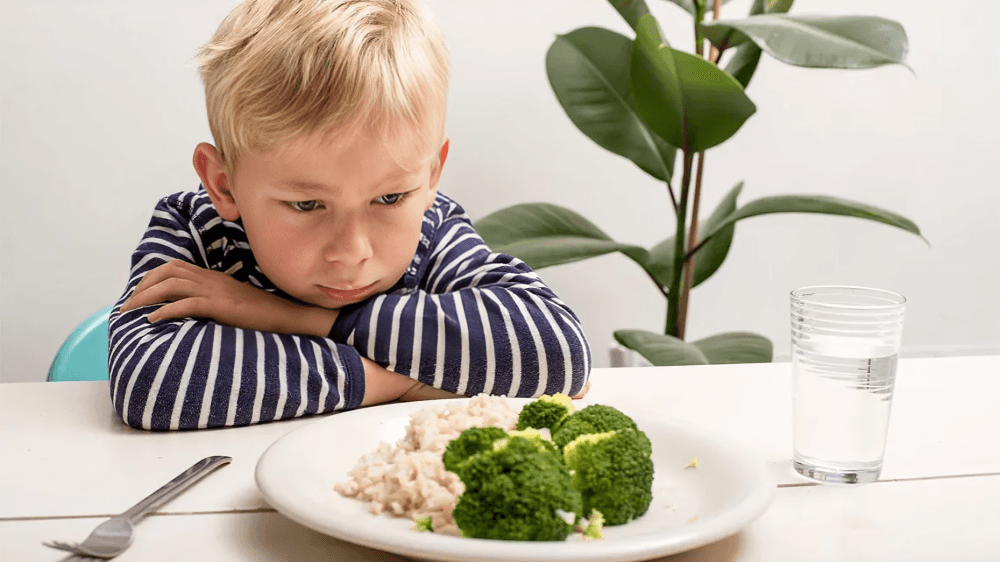
“
Hand, Foot & Mouth Disease (HFMD) is a common viral infection that mostly affects children but can also occur in adults. It typically causes fever, mouth sores, and a rash on the hands and feet. Knowing how to treat hand, foot & mouth disease is crucial for providing comfort and speeding up recovery. While it often resolves on its own, proper care, hygiene, and monitoring can make a big difference.1
1
”
Pediatricians suggest rest and hydration as the core of recovery for hand, foot, and mouth disease. The immune system needs support, and these basics help fuel its virus-fighting power. 1
Drinking cold fluids like ice water or milk soothes painful mouth ulcers caused by the infection. Cold temperatures help numb discomfort, making it easier for kids to swallow and stay hydrated. 2

Avoiding acidic and spicy foods is essential since these can further irritate mouth sores. Gentle, bland meals like yogurt, oatmeal, or mashed potatoes are far less painful and much easier to eat.
Over-the-counter medications such as acetaminophen or ibuprofen may help lower fever and relieve body aches. However, never give aspirin to children due to the risk of Reye’s syndrome. 3
Saltwater rinses can ease oral discomfort when swished gently in the mouth. Mixing half a teaspoon of salt in a cup of warm water works well to promote healing and reduce inflammation. 4
Some parents use numbing gels designed for children to reduce mouth pain temporarily. Always consult a healthcare provider before use to avoid overapplication and ensure it’s appropriate for the child's age. 5
Keeping nails short and hands clean helps prevent scratching rashes and spreading the virus. Scratching can lead to secondary bacterial infections, which worsen symptoms and delay recovery time. 6
A lukewarm bath with baking soda or Epsom salt may ease itching caused by rashes. This simple remedy calms inflamed skin and helps children feel more comfortable during recovery periods. 7
Avoiding school, daycare, or crowded public areas for at least 7 days is recommended. Children are highly contagious during early symptoms and should stay isolated until all sores are healed. 8

Using soft washcloths instead of loofahs during bathing helps protect skin from irritation. Rough scrubbing can damage rash-covered skin and potentially lead to skin infections or scarring.
Doctors advise offering popsicles or frozen fruit bars to keep hydration levels up. These treats are fun for children and provide moisture and relief from sore throats and dry mouths. 9
Hand washing is one of the most powerful tools in controlling the disease’s spread. Parents, caregivers, and siblings should wash hands frequently, especially after diaper changes or nose wiping. 10
Breastfeeding infants who contract HFMD is safe and encouraged. Breast milk provides antibodies that help fight off the virus, supporting the baby’s immune system and preventing dehydration. 11
Latex gloves may help parents apply ointments or creams to skin rashes safely. They minimize direct contact and reduce the risk of spreading the virus while soothing the child’s irritated skin. 12
Avoiding close face-to-face contact, kissing, or hugging helps stop viral transmission. Even a mild case can easily pass to others if proper boundaries and hygiene are not maintained during infection. 13

Some children may refuse to eat due to painful sores. Offering food in small portions frequently throughout the day ensures energy intake while avoiding meal-time pressure and frustration.
Doctors emphasize observation for warning signs like persistent high fever, seizures, or dehydration. If symptoms worsen or extend beyond 10 days, immediate medical evaluation is essential. 14
Encouraging fluid intake through straws can sometimes bypass sore mouth areas. Using flexible silicone straws reduces irritation and makes it easier for children to drink without hurting ulcerated spots. 15
Wearing cotton gloves at night can help younger kids avoid scratching while asleep. This protective barrier prevents skin injury and supports quicker healing of affected areas during rest. 16
Some medical philosophers suggest that mindful parenting, calm settings, and soothing methods like storytime or gentle massage can ease distress and support a smoother emotional recovery in children.17


